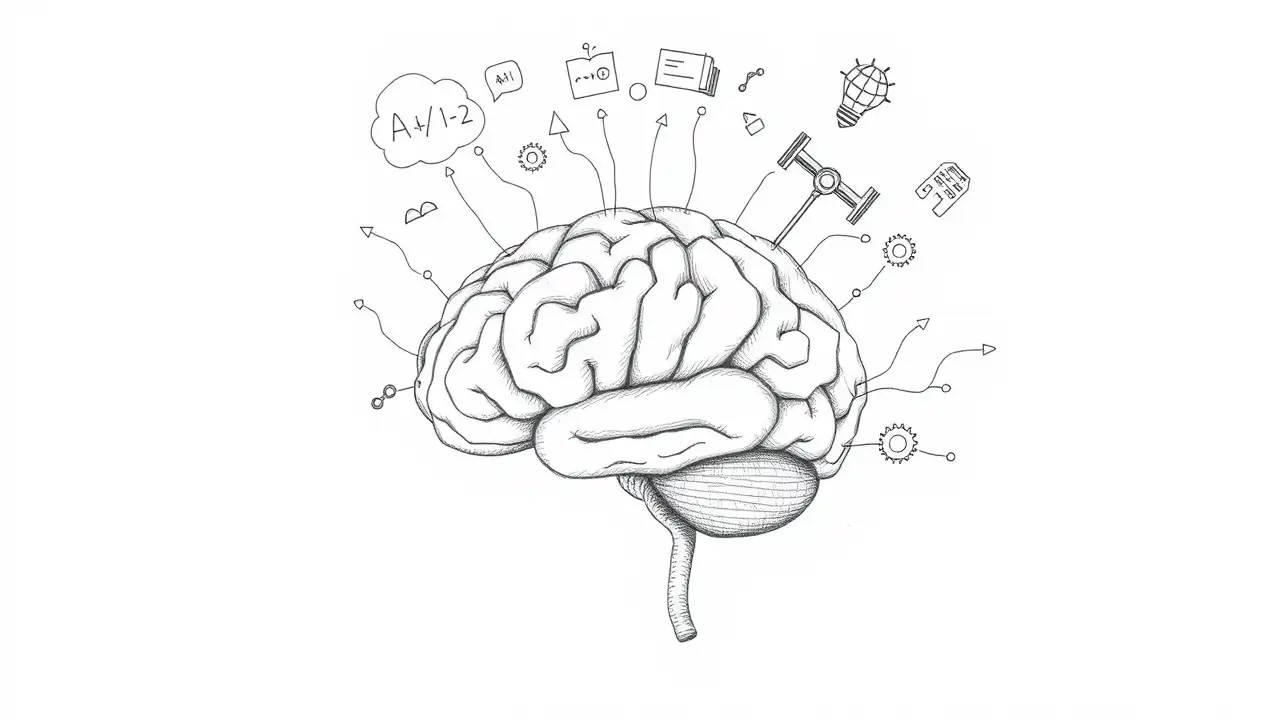In the realm of artificial intelligence, Large Language Models (LLMs) have emerged as powerful tools capable of processing and understanding vast amounts of textual data. Their applications extend to logical reasoning, where they showcase remarkable potential in interpreting and analyzing complex information.
Introduction
The introduction of Large Language Models (LLMs) has revolutionized the field of artificial intelligence, enabling machines to comprehend and generate human-like text with unprecedented accuracy. In this blog, we delve into the intersection of LLMs and logical reasoning, shedding light on their capabilities, challenges, and implications.
Enhancing Logical Reasoning in LLMs
Reinforcement Learning from Logical Feedback (RLLF)
The paper "Enhancing Logical Reasoning in Large Language Models to Facilitate Legal Applications" (2023) introduces the RLLF approach, which aims to improve LLMs' reasoning capabilities, particularly in logic-intensive fields like law. This method leverages logical feedback to refine the model's understanding and application of logical principles.
Abstraction and Reasoning Corpus (ARC) Analysis
The study "Reasoning Abilities of Large Language Models: In-Depth Analysis on the Abstraction and Reasoning Corpus" (2024) evaluates LLMs' inference and contextual understanding abilities using the ARC dataset. The findings reveal that while LLMs possess weak inference abilities, they still lag in logical coherence, compositionality, and productivity compared to humans.
Logical Thoughts (LoT) Framework
The paper "Enhancing Zero-Shot Chain-of-Thought Reasoning in Large Language Models through Logic" (2023) proposes the LoT framework, a self-improvement prompting method that uses principles from symbolic logic to enhance reasoning processes. By systematically verifying and rectifying reasoning steps, LLMs demonstrate improved performance across various domains.
Addressing Logical Fallacies
Understanding Logical Fallacies
The paper "Reason from Fallacy: Enhancing Large Language Models' Logical Reasoning through Logical Fallacy Understanding" (2024) introduces five tasks to evaluate LLMs' capability of logical fallacy understanding (LFU). It also creates a new dataset (LFUD) for evaluating and fine-tuning LLMs' logical reasoning capabilities.
Logic-LM Framework
The paper "Logic-LM: Empowering Large Language Models with Symbolic Solvers for Faithful Logical Reasoning" (2023) introduces the Logic-LM framework, which integrates LLMs with symbolic solvers to improve logical problem-solving. This approach significantly boosts performance on logical reasoning tasks.
Challenges and Insights
Context vs. Logic Understanding
The paper "Do Large Language Models Understand Logic or Just Mimick Context?" (2024) investigates whether LLMs truly understand logical rules or simply learn probabilistic mappings through context. The findings suggest that while LLMs can enhance the likelihood of correct answers through context, they lack a deep understanding of logical rules.
Performance on LSAT Logic Games
The paper "Lost in the Logic: An Evaluation of Large Language Models' Reasoning Capabilities on LSAT Logic Games" (2024) evaluates LLMs' performance on the LSAT Logic Games section. The study explores various prompting frameworks, including Chain-of-Thought and adaptations of Reflexion, to improve accuracy.
Logic Contrastive Reasoning with Lightweight Large Language Model for Math Word Problems
The paper "Logic Contrastive Reasoning with Lightweight Large Language Model for Math Word Problems" (2024) introduces a method for measuring mathematical logic similarity and constructing reference problems. The study achieves significant improvements in mathematical reasoning tasks using retrieval-enhanced generation.
LogicVista: Multimodal LLM Logical Reasoning Benchmark in Visual Contexts
The paper "LogicVista: Multimodal LLM Logical Reasoning Benchmark in Visual Contexts" (2024) proposes a benchmark for assessing logical reasoning capabilities of multimodal LLMs in visual contexts. The study evaluates 5 logical reasoning tasks encompassing 9 different capabilities across 8 MLLMs.
Conclusion
The journey to equip LLMs with robust logical reasoning capabilities is ongoing. While significant progress has been made, particularly through innovative frameworks and datasets, challenges remain. Researchers continue to explore new methodologies to bridge the gap between current LLM capabilities and human-level logical reasoning. As these models evolve, their potential applications in fields requiring precise logical reasoning, such as law and mathematics, become increasingly viable.
References
- Enhancing Logical Reasoning in Large Language Models to Facilitate Legal Applications
- Reasoning Abilities of Large Language Models: In-Depth Analysis on the Abstraction and Reasoning Corpus
- Enhancing Zero-Shot Chain-of-Thought Reasoning in Large Language Models through Logic
- Reason from Fallacy: Enhancing Large Language Models' Logical Reasoning through Logical Fallacy Understanding
- Logic-LM: Empowering Large Language Models with Symbolic Solvers for Faithful Logical Reasoning
- Do Large Language Models Understand Logic or Just Mimick Context?
- Logic Contrastive Reasoning with Lightweight Large Language Model for Math Word Problems
- Lost in the Logic: An Evaluation of Large Language Models' Reasoning Capabilities on LSAT Logic Games
- LogicVista: Multimodal LLM Logical Reasoning Benchmark in Visual Contexts
